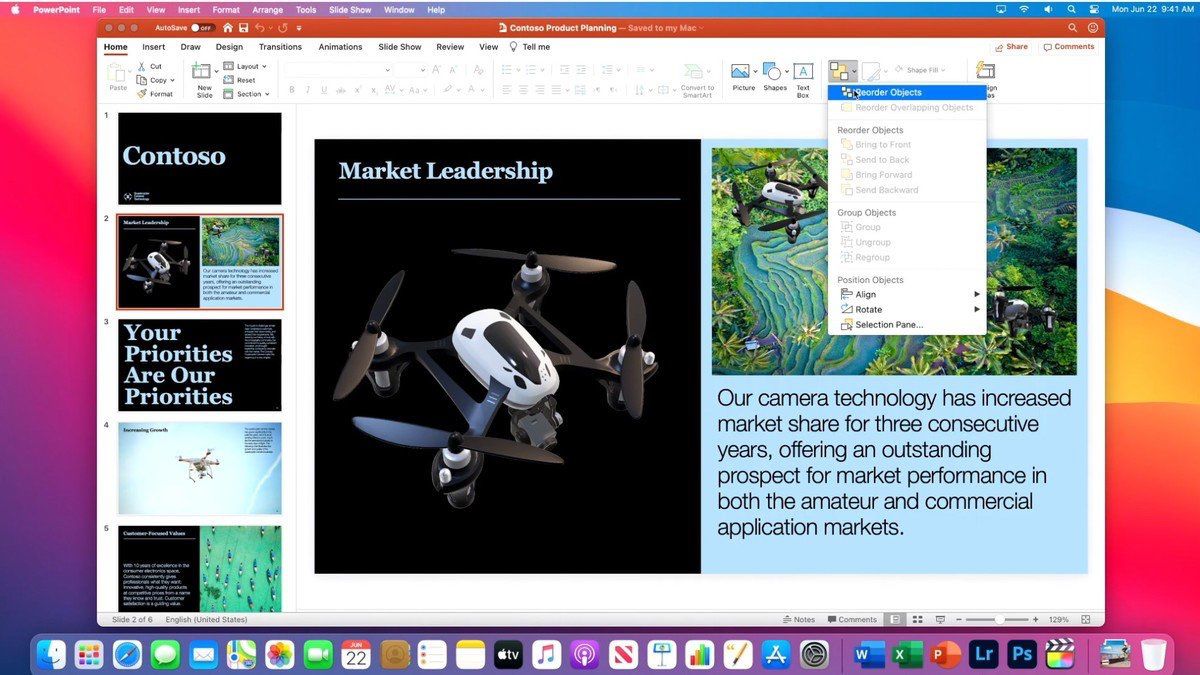

I remember the wars waged between advocates of PowerPC and Intel x86architecture, especially after Byte magazine developed a cross-platformbenchmark that readily demonstrated the superiority of the G3 over thePentium of the day. FrameMaker had been my nemesis - very powerful, butvery slow on 68030- and 68040-based Macs. While most of theprograms we used (such as Quark XPress 3.3 and Microsoft Word 5.1a)didn't really benefit from the new processors, the high-end FrameMaker pagedesign program did.
#Microsoft office for powerpc mac software#
Perhaps the most important feature of the new Power Macs was Apple'sinclusion of a 680x0 emulator as part of the Mac OS, which allowedPowerPC Macs to run most existing software efficiently on the newprocessors, much as Rosetta would later allow Intel Macs to run PowerPCsoftware.ĭan Knight ( Mac Musings): I worked for a localpublishing house in the early 90s and remember the huge improvementwhen moving from a 0-based Quadra 650 to a 66 MHz Power Mac 7100. The firstPowerPC Macs were introduced on March 14, 1994, and the PowerPCproved itself worthy - Apple would continue to release new PowerPC Macsuntil Late 2005, just months before the Intel transition began. And by leaving more room on the chip'sdie, there was more room for internal data registers, which wouldfurther improve efficiency. And by makinginstructions of uniform length, it could more efficiently fetchinstructions from system memory. The big idea behind RISC was that by using less and simplerinstructions, the CPU could handle them more efficiently. However, ReducedInstruction Set Computing (RISC) was the rage, and Motorola wasalso working on its 88000 RISC-based CPU.IBM already had its POWER RISC architecture,and Apple prevailed upon both companies to team up with Apple inproducing a next generation RISC processor, known as PowerPC.
(At the time, IBM compatible PCs used16-bit 8088 CPUs and supported up to 640 KB of memory.) As the 68020,68030, and 68040 (which supported 32-bit operation) came to market,Apple adopted these more powerful CPUs, and it was investigating theMotorola 68060 as its next generation processor. Apple built its first three computers - the original Apple I, the Apple II, and the Apple III - around the 6502 microprocessor,an 8-bit CPU that can handle up to 64 KB of system memory (RAM), andits Lisa and Macintosh lines took a hugeleap forward with the Motorola 68000 CPU, which supports 24-bitoperation and up to 16 MB of RAM.


 0 kommentar(er)
0 kommentar(er)
